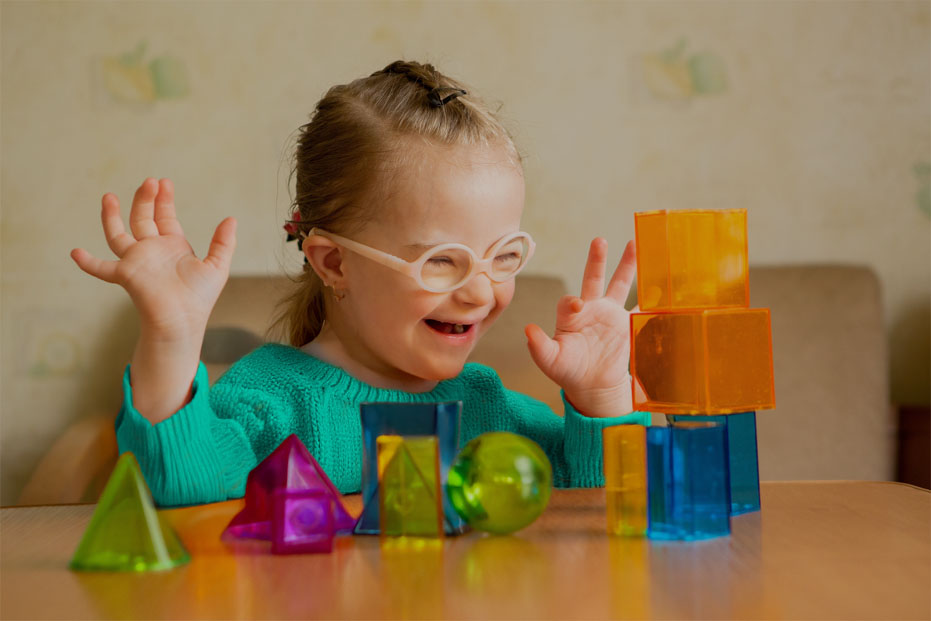Ten tips for managing Yom Tov with a child who has special needs.
Bassi Gruen LSW
You may have heard the famous saying, "If you fail to plan, you plan to fail." This is especially true when preparing for long stretches of Yom Tov with children who struggle even under the best circumstances. To set yourself up for success, here are ten of our favorite tips:
Prioritize Calm Over Perfection "Lower your expectations, then lower them again! Getting enough sleep before Yom Tov and approaching it calmly should be your priority. Make one less dessert, buy takeout, accept help — do whatever it takes so you start Yom Tov in a good frame of mind.”
— Fellow mother M.G.
Manage Sensory Sensitivities in Shul “For children with sensory issues, cramped spaces like shuls during shofar blowing may be overwhelming. Consider standing outside by the window so you can hear the shofar without feeling closed in, or attending a later shofar-blowing when the shul is less crowded. Plan a trip to the park or another pleasant activity after shofar-blowing as a reward to make the experience more enjoyable for your child.”
—Chava Laufer, Five Towns OPWDD-HCBS Regional Manager
Maintain Routine “Try to keep your usual routine as much as possible. Go out a little and feed the kids at regular times, even if the seudos are at erratic hours.”
— Surie Morgenstern, Pillar Supervisor
Spice Things Up “Buy new toys — they can be inexpensive ones from the dollar store —to add variety and excitement to the long days. Buy treats for yourself too, whether it’s a new book, a favorite snack, or something else you’d enjoy."
— Fellow mother M.G.
Schedule Playdates “Scheduled playdates can help break up the day and provide both fun and structure for children during the long days of Yom Tov.”
—Chava Laufer, Five Towns OPWDD-HCBS Regional Manager
Don’t Go It Alone “Accept help! There are so many wonderful girls out there looking to volunteer.”
— Fellow mother R.S.
Make Unfamiliar Spaces Comfortable “If you’re going away, bring familiar items like favorite toys, security blankets, and even preferred foods like yogurts and crackers. Keep toys and books in your room so your child can retreat there for a break or reset if necessary.
“Prepare the kids for what will happen: ‘We’re going to Bubby’s, and Aunt Chaya will be there with Yossi, Chaya, and Moishe. You’ll sleep in my room, and we’ll bring some toys, and Bubby has toys to share. Bubby likes it when you… Bubby doesn’t like when…’
“Try to find a sibling you can confide in for support and who can help your child interact with their cousins at whatever level they can.”
— Fellow Mother M.G.
Plan Respite Time Well Some families find scheduling respite care in the late afternoon gives the whole family a break when they need it most. Consider this option if it works for you.
—Chava Laufer, Five Towns OPWDD-HCBS Regional Manager
Ready to Charge “I fully charge the feeding tube pump before Yom Tov. Then I leave the charger plugged into an accessible place near the crib so if the battery doesn’t last three full days, I can charge it with the least melachah possible.”
— Surie Morgenstern, Pillar Supervisor
Let Food Be Fuel "It’s tempting to try to buy quiet with treats, but sugar will often dysregulate children. Limit junk food, particularly later in the day, and stock up on healthier snacks."
—Chava Laufer, Five Towns OPWDD-HCBS Regional Manager
With these tips, a good sense of humor, and lots of patience, you'll hopefully not only get through these days but also enjoy (parts) of them as well!

 OPWDD Guidance
OPWDD Guidance Family Support
Family Support Services for Children
Services for Children Services for Adults
Services for Adults Services for Children 0-3
Services for Children 0-3 Adult Acute Care
Adult Acute Care











.png)



.png)














